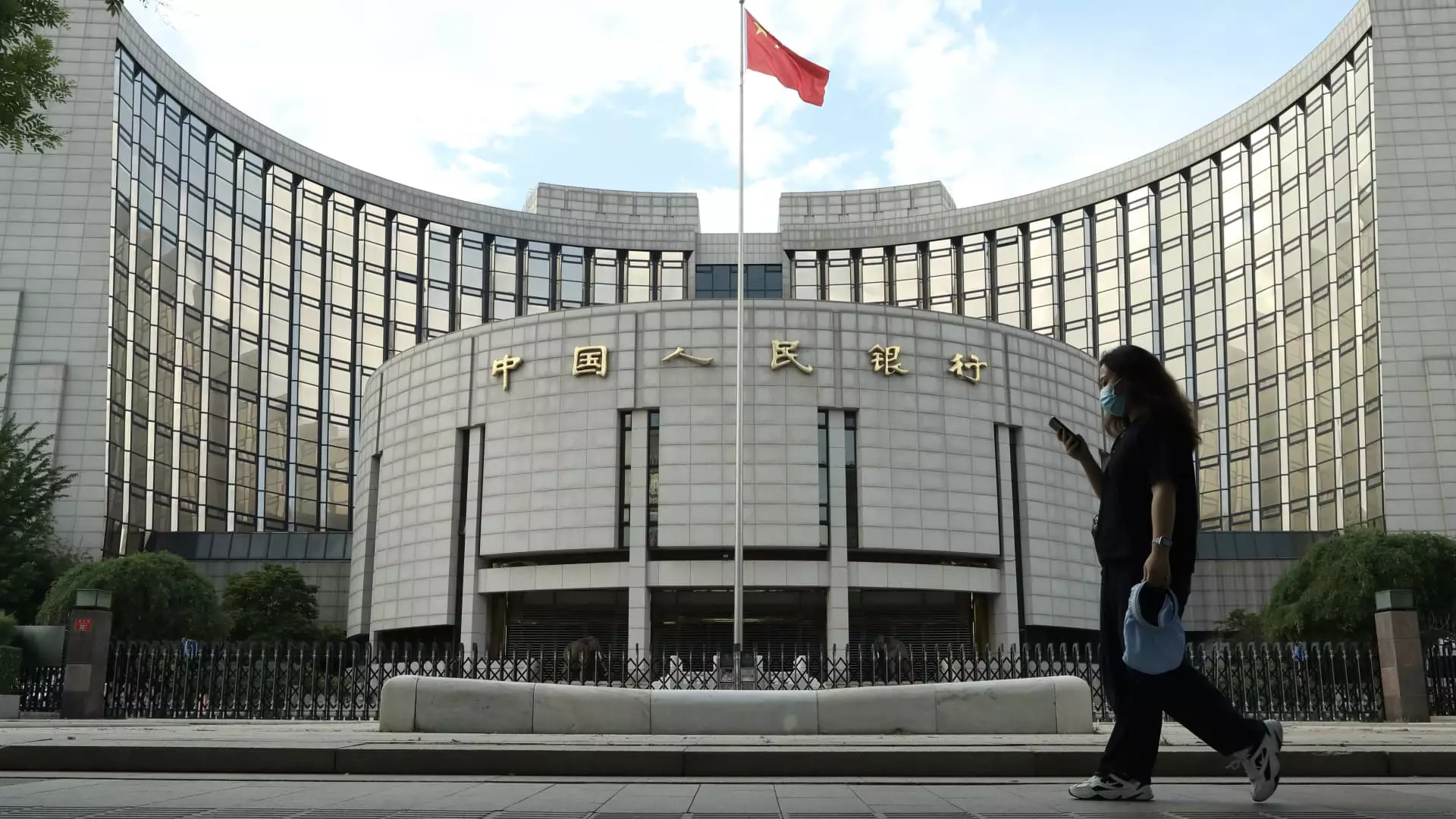On Monday, the People’s Bank of China (PBOC) announced a significant adjustment to its benchmark lending rates, lowering the one-year loan prime rate (LPR) by 25 basis points to 3.1% and the five-year LPR to 3.6%. These decisions mark crucial steps in China’s monetary policy aimed at addressing economic concerns amid fluctuating growth figures and industry challenges. The changes in these lending rates directly impact corporate borrowing and individual home loans, thus affecting a broad spectrum of the economy.
The backdrop of these lending rate cuts involves various economic pressures faced by China. PBOC Governor Pan Gongsheng had previously hinted at such reductions during a forum in Beijing, setting market expectations for a drop between 20 and 25 basis points. This proactive communication on rate adjustments indicates the central bank’s responsiveness to economic trends, further exemplified by the potential for lowering the reserve requirement ratio (RRR) as well. The RRR determines the minimum cash banks must hold, thus influencing the liquidity available for lending.
As part of a broader strategy, the PBOC also reduced the seven-day reverse repurchase rate by 20 basis points and the medium-term lending facility rate by 30 basis points, adding layers of monetary stimulus to bait more liquidity into the economy. These indications of monetary relaxation suggest a desire to stabilize economic operations, particularly against a backdrop of a sluggish real estate market and consumer hesitation.
While the recent cuts aim to stimulate economic activity, experts like Shane Oliver from AMP have pointed out the limitations of relying solely on monetary measures. Oliver posits that the crucial issue isn’t merely access to money but rather insufficient demand from consumers. With purchasing power waning and consumer confidence dwindling, there’s an increasing consensus among analysts that fiscal stimulus measures may be necessary to bolster demand.
Zhiwei Zhang from Pinpoint Asset Management echoes this sentiment, asserting that despite the lending rate decreases, real interest rates in China remain prohibitively high, limiting the efficacy of these cuts. He anticipates additional cuts in the coming year as global economic conditions shift, particularly in response to changes in the Federal Reserve’s rates.
The economic scenarios prompting these cuts are multifaceted. China has been grappling with a real estate crisis, wherein weak property sales and declining prices perpetuate a cycle of uncertainty. Furthermore, recent reports of third-quarter GDP growth at 4.6% year-on-year have outpaced expectations, yet such figures need to be approached with caution due to underlying weaknesses in retail sales and industrial production.
Supportive statistics from the past month, illustrating improvements in both retail and production figures, offer a glimmer of hope. However, with the specter of ongoing demand challenges, sustaining economic momentum will require more than just monetary adjustments—it calls for a realignment of fiscal strategies that directly address consumer behavior and market confidence.
The recent cuts to China’s benchmark lending rates represent an essential attempt by the PBOC to navigate a complex economic landscape. While these measures are a step in the right direction, they expose the need for a comprehensive approach that marries monetary easing with robust fiscal stimulus. The economic backdrop—a delicate balance of muted consumer sentiment and environmental volatility—underscores the necessity for more nuanced strategies aimed at rejuvenating demand and stimulating growth. Observing these dynamics will be critical in assessing the sustained impact of such policy moves in China’s evolving economic narrative.

Leave a Reply